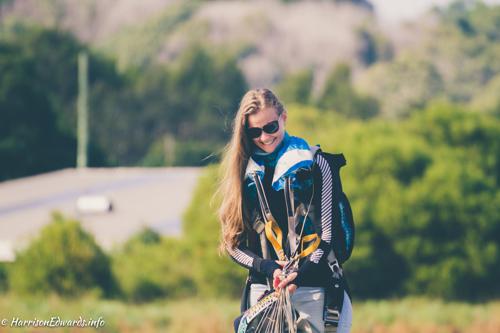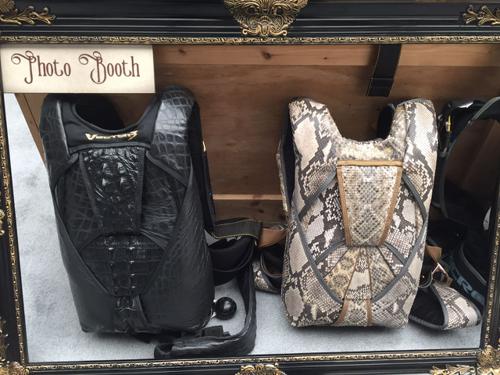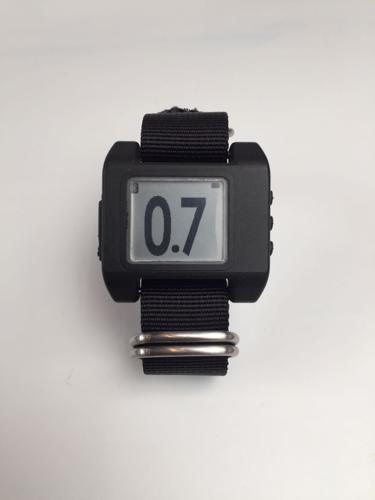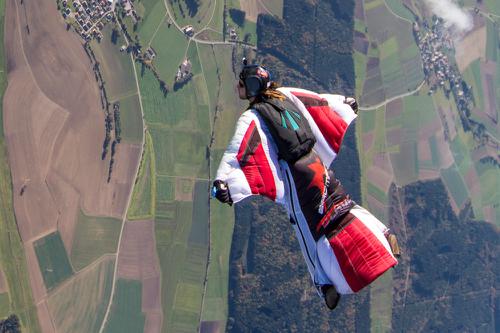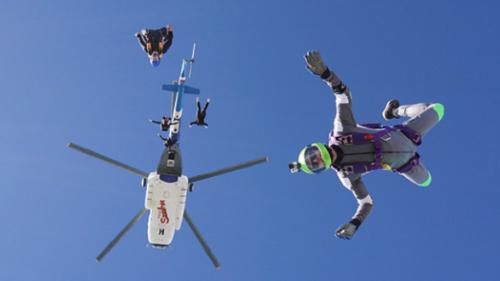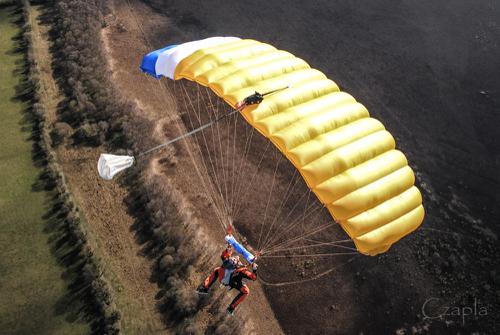Safire 3 - Jill Grantham's First Impressions
Jill Grantham is a travelling gypsy from Australia with 1900 jumps and 12 years in the sport. She has hair like Rapunzel, a penchant for lords and ladies and is as sweet as her favorite candy.
What is your canopy flying experience?
I have historically been a consistently terrible canopy pilot due to low confidence (slid in on my butt for 11years). Before I got Lady Safina (my new Safire 3 129 from NZ Aerosports) I was flying a Safire2 139, for 800 jumps. I have now done about 150 jumps on Lady Safina at a bunch of different dz’s with weather etc. But I am loving flying this canopy.
Lady Safina, how I love thee, let me count the ways:
Amazing flare! No matter what sort of things I do with regards to my landings (I’m currently learning to do a front riser approach) there is always a good enough flare to stand me up. This is giving me the confidence to try and progress to higher speed landings rather than straight ins and not worry about getting dumped if I come out too high.
Slightly easier to get on the front risers
Slightly faster opening than the Safire 2, which is not too fast and helpful to not be hanging up a slow opening canopy in amongst traffic.
More responsive to harness turns.
Feels more solid in bumpy wind conditions
Heaps and heaps of range to get back with the rears from a long spot.
Plus she is really pretty.
Is there anything you don’t like about the Safire 3, sorry, Lady Safina?
She is a Beta test canopy that was built for me before the Safire 3 was released to the public. I was having inconsistent openings to begin with. After filming some openings and sending some feedback a mod was made to mine and all subsequent Safire 3 models - and now she opens great!
What do you notice different in the Safire 3 to your previous Safire 2?
I feel like the Safire 3 is just overall more responsive. I definitely feel like I am more in control and can actively fly her. We work together a bit more. With the Safire 2 I felt more like a passenger. Could have been the difference in size a little too of course!
The rears are better for getting back from a long spot and the fronts are a bit easier to get on than the Safire 2. She still pulls out of a dive pretty quickly - you can’t hold the fronts down too long before they’re pulled out of your hands.
Who is the Safire 3 suitable for in your opinion?
I think she is suitable for beginner and intermediate canopy pilots. Especially good if you are a bit nervous or don’t want to push it, you can have a lovely safe easy flight to the ground.
You have heaps of range to set yourself up in the pattern, which helps you not become cornered by having too small or too big a canopy...and if you don’t want to do much other than float down softly it will allow you to do that.
If you do want to start flying it more, and seeing what you can do with it, then it is a really responsive wing and awesome to try out some new things on. But because the flare is so good it doesn't matter soooo much if you don’t nail the landings while you’re learning, because the canopy sort of fixes your little mistakes up :)
What's the main benefit or advantage to you personally of having a Safire 3 rather than another canopy?
Aside from her being the prettiest Lady I have seen?
When I’m flying her I feel comfortable enough that I can choose what is appropriate for the situation and group and fly her how I need to to be safe and keep everyone else safe too.
The increased responsiveness and flare have made me confident to try more when flying her.
She has really changed my attitude towards skydiving. I feel more in control of how I am flying her rather than feeling a little bit exposed to the elements. She is basically all those empowering girl songs in canopy form!.
** Jill Grantham received early access to the pre-released version of the Safire 3 gratis from New Zealand Aerosports. The article above was Jill's unpaid opinion on her experience with the canopy.

